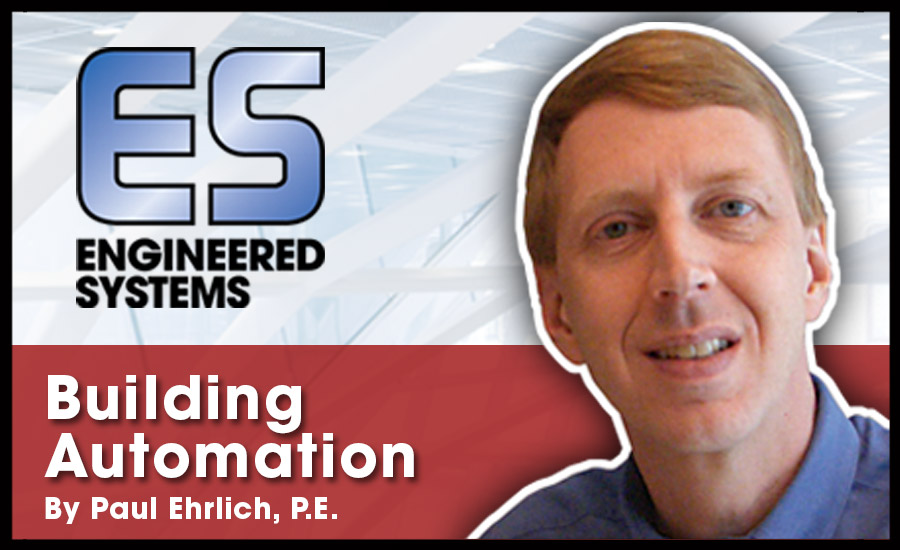VAV terminal units have been widely used for space comfort conditioning over the last 30 plus years. There are many variations on what you will find for boxes from simple shutoff boxes to those with reheat, and either series or parallel fan powered units. VAV boxes provide a great solution for control of comfort with good efficiency and reasonable initial cost.
When dealing with existing buildings, it is not surprising to find a variety of VAV terminals. The age, condition, and controls used on these terminals can vary dramatically — from near-new and in great shape to completely failed. Ideally, we like to see VAV boxes be part of the BAS and to be equipped with pressure-independent DDC controls. This leads to the retrofit of boxes that have older pneumatic or electronic controls. There are many benefits to retrofitting to new DDC. Benefits include:
-
Improved operations. It is easy to see the actual operating values, allowing improved response to “hot and cold” calls.
-
Improved box efficiency. A DDC controller allows for improved setpoint adjustments in occupied and unoccupied modes. They also can use different settings for minimum cooling and reheat, and reducing unwanted sub-cooling.
-
Improved system efficiency. A system of DDC boxes can be used for feedback for optimized fan operation including static pressure and discharge air reset strategies.
Still, installing DDC controls on existing boxes is not an inexpensive proposition. Costs vary but are generally around $1,400 per zone, so we want to make sure we get the best value from this type of retrofit, and that means that we need to have a box that is worth controlling. In many cases, you may find that the existing box is in good shape and worth just putting on a new controller, but there are several pitfalls to watch out for.
No Flow Measurement or Flow Regulator
Issue: It was not unusual for older pneumatic boxes to be pressure-dependent and not have any sort of flow measurement ring, square, bar, or cross installed, or to have a mechanical volume regulator. This makes independent pressure control impossible and doesn’t allow for measurement and control of flow, only damper position.
Solution: A retrofit flow bar can easily be installed in the inlet to the box. If a mechanical regulator is installed, it can be removed. While a flow bar is not as accurate as a true averaging element (such as a ring or cross), it will give an indication of flow and can be adequate. Alternatively, a new box can be installed.
Internal Pneumatic Actuator
Issue: Some older boxes have the pneumatic actuator as an integral part of the box.
Solution: This generally will drive toward the use of a new box that is designed to have a shaft-mounted actuator.
Binding Dampers, Broken Fans, and Heaters
Issue: After many years of operation, some boxes have problems with bent or sticking dampers, or with fans or heaters that have failed. Often, these issues go undetected above the ceiling.
Solution: There are several options to resolve this problem. One is to have the owner or their contractor go through, inspect, and if needed, make any box repairs. While this is a good approach, it does tend to result in changeorders to the project for needed repair work. The other approach is to just plan on replacing all older boxes with new ones.
When approaching controls retrofits for existing VAV boxes, you really need to go into it with a systems perspective and have a plan to repair, or replace, boxes as part of any controls upgrade. The end result is well worthwhile — a working system that is easily supported and maintained.



